Home>Furniture & Design>Bedroom Furniture>Where Was Memory Foam Invented
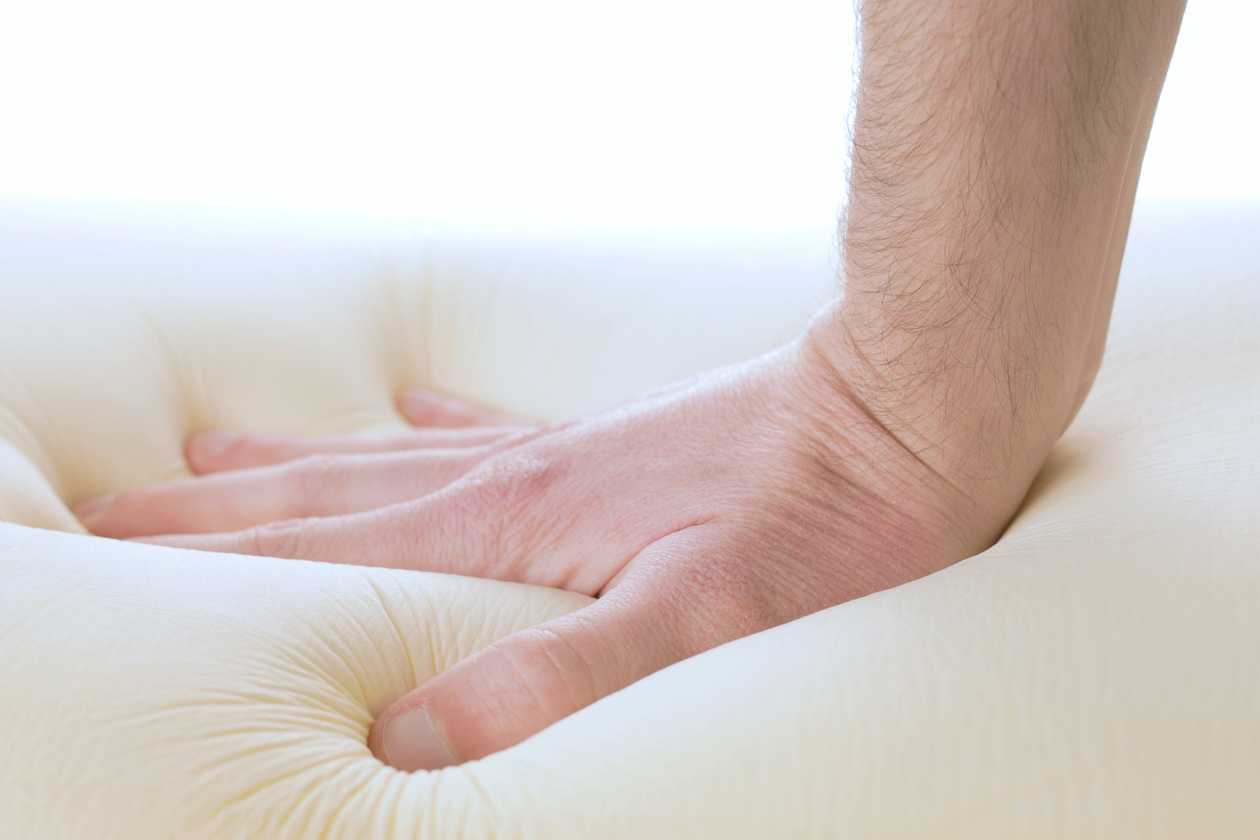

Bedroom Furniture
Where Was Memory Foam Invented
Modified: October 21, 2024
Discover the history of memory foam and its origins in the bedroom furniture industry. Learn about the invention and evolution of this innovative furniture and design material.
(Many of the links in this article redirect to a specific reviewed product. Your purchase of these products through affiliate links helps to generate commission for Storables.com, at no extra cost. Learn more)
**
Introduction
**
Welcome to the fascinating world of memory foam! As we delve into the origins, invention, evolution, and impact of this revolutionary material, you'll gain a deeper understanding of its significance in the realm of bedroom furniture and design.
Memory foam has revolutionized the way we think about comfort and support in the bedroom. Its unique properties have made it a popular choice for mattresses, pillows, and other bedroom essentials. But have you ever wondered where this innovative material came from? How was it invented, and what impact has it had on the world of bedroom furniture and design?
In this article, we'll embark on a journey through time to explore the origins of memory foam, uncover the story behind its invention, trace its evolution over the years, and examine its profound impact on bedroom furniture and design today. So, sit back, relax, and let's unravel the remarkable tale of memory foam.
**
Key Takeaways:
- Memory foam was invented by NASA for space missions, but its ability to provide comfort and support led to its widespread use in mattresses and pillows, revolutionizing the way we sleep.
- Memory foam has evolved to offer eco-friendly options and hybrid mattresses, catering to diverse sleep preferences. Its impact on sleep quality and sustainability continues to shape the world of bedroom furniture and design.
Read more: Which Is Better Memory Foam Or Gel Foam
The Origins of Memory Foam
**
Our exploration of memory foam's origins takes us back to the 1960s, a time of groundbreaking innovation in the field of materials science. It was during this era that NASA, the renowned space agency, sought to develop a material with superior cushioning and impact protection for astronauts during space missions. The result of their research and experimentation was a remarkable new substance known as memory foam.
Originally referred to as "temper foam," this revolutionary material was designed to offer exceptional comfort and support while effectively absorbing and dispersing the forces experienced during space travel. The unique properties of memory foam allowed it to conform to the astronauts' bodies, providing customized pressure relief and stability in the microgravity environment of space.
Following its successful development, memory foam quickly found applications beyond the realm of space exploration. Its remarkable ability to adapt to body heat and pressure, while returning to its original shape once the pressure was removed, captured the attention of medical researchers, leading to its utilization in healthcare settings. The material was lauded for its capacity to alleviate pressure points, making it an invaluable asset in the prevention of bedsores and the enhancement of patient comfort.
As memory foam continued to demonstrate its exceptional properties, it eventually made its foray into the realm of consumer products, particularly in the domain of bedroom furniture and design. The unparalleled comfort and support offered by memory foam mattresses, pillows, and mattress toppers swiftly garnered widespread acclaim, revolutionizing the sleep experience for countless individuals.
Today, memory foam stands as a testament to the ingenuity of scientific innovation, transcending its origins in space exploration to become a staple in the world of bedroom furniture and design. Its journey from the confines of spacecraft to the comfort of bedrooms around the world is a testament to the enduring impact of pioneering research and the remarkable versatility of this extraordinary material.
**
The Invention of Memory Foam
**
The invention of memory foam can be attributed to the collaborative efforts of a team of NASA scientists and engineers, who were driven by the need to enhance the safety and comfort of astronauts during space missions. In the pursuit of this goal, they embarked on a quest to develop a material that could effectively cushion and support astronauts while withstanding the rigors of space travel. This endeavor led to the creation of a material that would eventually revolutionize the world of comfort and support: memory foam.
The key breakthrough in the invention of memory foam lay in its unique cellular structure, which enabled it to respond to body heat and pressure. This viscoelastic material, as it came to be known, possessed the remarkable ability to conform to the shape of an individual’s body, evenly distributing weight and providing customized support. Moreover, its capacity to return to its original form after pressure was removed set it apart as a truly innovative material.
Following its successful development, memory foam was initially utilized in NASA’s space shuttle seats, where it offered unparalleled comfort and protection to astronauts during liftoff and reentry. This marked the material’s first foray into practical application, demonstrating its efficacy in mitigating the impact of gravitational forces and enhancing overall comfort in the demanding environment of space travel.
However, the impact of memory foam transcended the confines of space exploration, as its remarkable properties soon found applications in the medical field. Healthcare professionals recognized the potential of memory foam in providing relief from pressure points, thereby reducing the risk of bedsores and improving patient comfort. This pivotal development paved the way for the widespread adoption of memory foam in hospital beds, wheelchair cushions, and other medical equipment.
As the benefits of memory foam became increasingly apparent, its utilization expanded into the realm of consumer products, particularly in the domain of bedroom furniture and design. The introduction of memory foam mattresses, pillows, and mattress toppers revolutionized the sleep experience, offering unparalleled comfort, support, and pressure relief to individuals seeking a restorative and rejuvenating rest.
The invention of memory foam stands as a testament to human ingenuity and the relentless pursuit of innovation. From its origins in the quest for space-age materials to its transformative impact on the realm of bedroom furniture and design, memory foam continues to shape the way we experience comfort and support in our daily lives.
**
Memory foam was invented by NASA in the 1960s to improve seat cushioning and crash protection for astronauts. It was later used in mattresses and pillows for its comfort and support.
The Evolution of Memory Foam
**
Since its inception, memory foam has undergone a remarkable evolution, continually adapting and improving to meet the diverse needs of consumers in the realm of bedroom furniture and design. The journey of memory foam from its early applications in space travel to its widespread use in mattresses, pillows, and other comfort essentials is a testament to its enduring impact and versatility.
One of the pivotal advancements in the evolution of memory foam was the refinement of its composition and manufacturing processes. Through ongoing research and innovation, manufacturers have been able to enhance the material’s properties, resulting in variations such as gel-infused memory foam and plant-based memory foam. These developments have expanded the range of options available to consumers, offering tailored solutions to address specific preferences and requirements.
Furthermore, the evolution of memory foam has seen the introduction of hybrid mattresses, which combine memory foam with other materials such as innerspring coils or latex. This integration has led to the creation of mattresses that provide the benefits of memory foam, such as pressure relief and motion isolation, while also incorporating the unique characteristics of other materials to offer a well-rounded sleep experience.
Another significant aspect of memory foam’s evolution is its adaptation to environmental and sustainability considerations. With an increasing focus on eco-friendly practices, manufacturers have developed memory foam products that prioritize renewable resources and minimize environmental impact. This shift towards sustainability aligns with the growing awareness of ethical consumerism and has resulted in the availability of eco-conscious memory foam options for environmentally conscious individuals.
Moreover, the evolution of memory foam has extended beyond mattresses to encompass a diverse array of bedroom essentials. Memory foam pillows, renowned for their ability to contour to the shape of the head and neck, have evolved to offer varying levels of firmness and support, catering to a wide spectrum of sleep preferences. Additionally, memory foam mattress toppers have gained popularity as a versatile solution for enhancing the comfort and longevity of existing mattresses.
As memory foam continues to evolve, ongoing research and development efforts are focused on further enhancing its performance, durability, and sustainability. The relentless pursuit of innovation in the realm of memory foam reflects a commitment to providing consumers with unparalleled comfort and support, while also aligning with evolving industry standards and consumer expectations.
The evolution of memory foam stands as a testament to its enduring relevance and adaptability in the realm of bedroom furniture and design. From its humble origins in space exploration to its diverse applications in modern comfort essentials, memory foam remains a cornerstone of innovative and personalized sleep experiences.
**
The Impact of Memory Foam Today
**
Memory foam has left an indelible mark on the world of bedroom furniture and design, reshaping the way individuals experience comfort and support in their sleep environments. Its impact today extends far beyond its origins in space exploration, permeating the market with a diverse array of products that cater to the unique needs and preferences of consumers.
One of the most profound impacts of memory foam lies in its contribution to sleep quality and overall well-being. Memory foam mattresses, renowned for their ability to contour to the body and alleviate pressure points, have garnered widespread acclaim for their role in promoting restful and rejuvenating sleep. By facilitating proper spinal alignment and reducing sleep disturbances caused by movement, memory foam mattresses have become a cornerstone of enhancing sleep comfort and quality.
Furthermore, the impact of memory foam is evident in its ability to accommodate a wide range of sleep preferences and requirements. With options ranging from firm to plush, memory foam mattresses cater to individuals seeking tailored levels of support and comfort. This versatility has empowered consumers to select mattresses that align with their specific needs, thereby fostering a personalized and gratifying sleep experience.
Memory foam pillows, another hallmark of its impact, offer targeted support to the head and neck, promoting proper alignment and reducing the likelihood of discomfort and stiffness. The adaptability of memory foam pillows to individual contours has elevated their status as essential components of a restorative sleep environment, contributing to enhanced comfort and overall sleep quality.
Moreover, the impact of memory foam extends to its role in addressing common sleep-related issues, such as snoring and sleep apnea. By virtue of its ability to minimize motion transfer and alleviate pressure points, memory foam has been embraced as a potential aid in mitigating these concerns, offering individuals a more conducive sleep environment and the potential for improved respiratory health.
Beyond its influence on sleep quality, memory foam has also made a significant impact on sustainability and environmental consciousness in the realm of bedroom furniture and design. The advent of eco-friendly memory foam options underscores a commitment to ethical and sustainable practices, providing environmentally conscious individuals with the opportunity to prioritize both comfort and environmental responsibility.
The impact of memory foam today is a testament to its enduring relevance and capacity to meet the evolving needs of consumers. As it continues to shape the landscape of bedroom furniture and design, memory foam remains a symbol of innovation, personalization, and uncompromising comfort, enriching the lives of individuals seeking a truly restorative and rejuvenating sleep experience.
**
Read more: What Is A Memory Foam Pillow
Conclusion
**
Our exploration of memory foam’s origins, invention, evolution, and impact has unveiled a captivating narrative that underscores its profound significance in the realm of bedroom furniture and design. From its humble beginnings as a space-age material to its widespread adoption in consumer products, memory foam has redefined the way we perceive comfort, support, and sleep quality.
The journey of memory foam is a testament to human ingenuity and the relentless pursuit of innovation. Its origins in NASA’s quest for advanced materials to support astronauts during space missions propelled it into the realm of healthcare, where its capacity to alleviate pressure points and enhance patient comfort transformed the landscape of medical equipment and facilities.
As memory foam found its way into consumer products, particularly in the form of mattresses, pillows, and mattress toppers, it revolutionized the sleep experience, offering individuals a personalized and restorative rest. The material’s unique ability to contour to the body, alleviate pressure, and minimize sleep disturbances has cemented its status as a cornerstone of comfort and support in modern bedrooms.
Furthermore, the evolution of memory foam has been marked by ongoing advancements in composition, sustainability, and versatility, reflecting a commitment to meeting the diverse needs and preferences of consumers. From gel-infused variations to hybrid mattresses and eco-friendly options, memory foam continues to adapt and innovate, ensuring that individuals have access to tailored solutions that prioritize both comfort and environmental responsibility.
Today, the impact of memory foam resonates deeply in the realm of bedroom furniture and design, enriching the lives of individuals seeking a truly restorative and rejuvenating sleep experience. Its role in promoting sleep quality, addressing common sleep-related issues, and fostering sustainability underscores its enduring relevance and capacity to meet the evolving needs of consumers.
In conclusion, the story of memory foam is a testament to the transformative power of innovation and the enduring quest for comfort and support. As it continues to shape the landscape of bedroom furniture and design, memory foam stands as a symbol of uncompromising comfort, personalization, and the relentless pursuit of a truly restorative sleep experience.
Frequently Asked Questions about Where Was Memory Foam Invented
Was this page helpful?
At Storables.com, we guarantee accurate and reliable information. Our content, validated by Expert Board Contributors, is crafted following stringent Editorial Policies. We're committed to providing you with well-researched, expert-backed insights for all your informational needs.
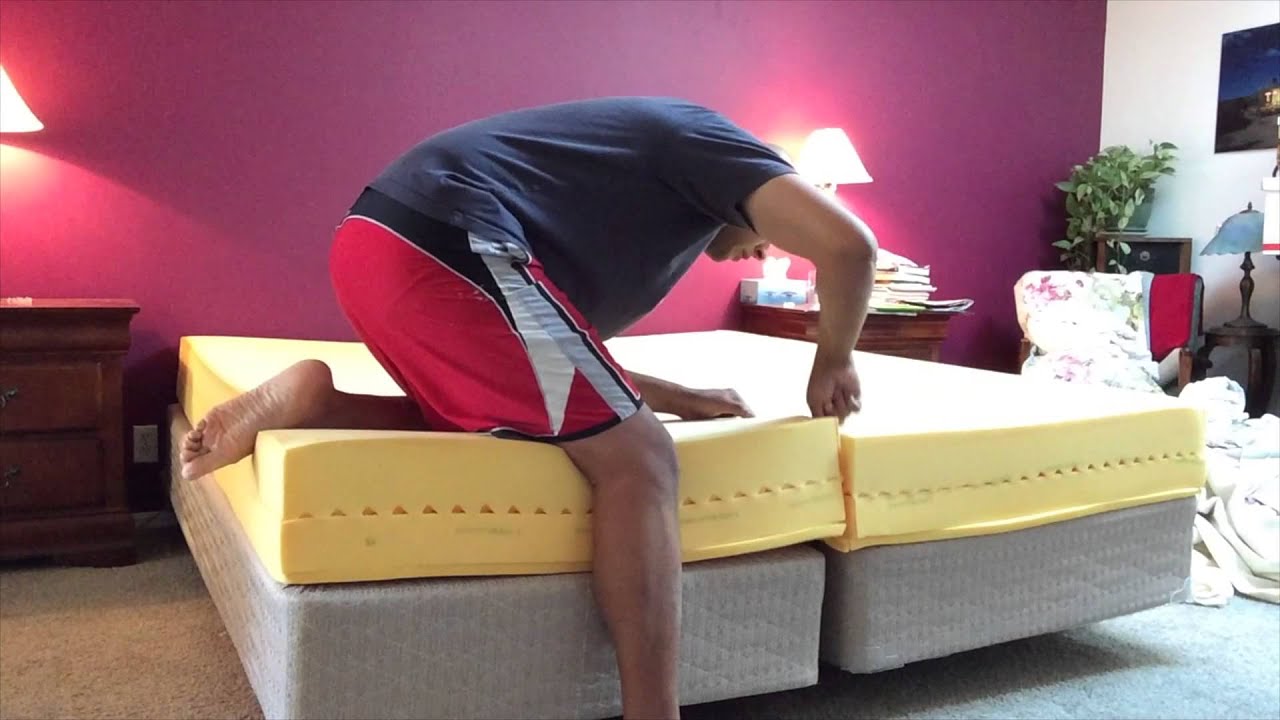
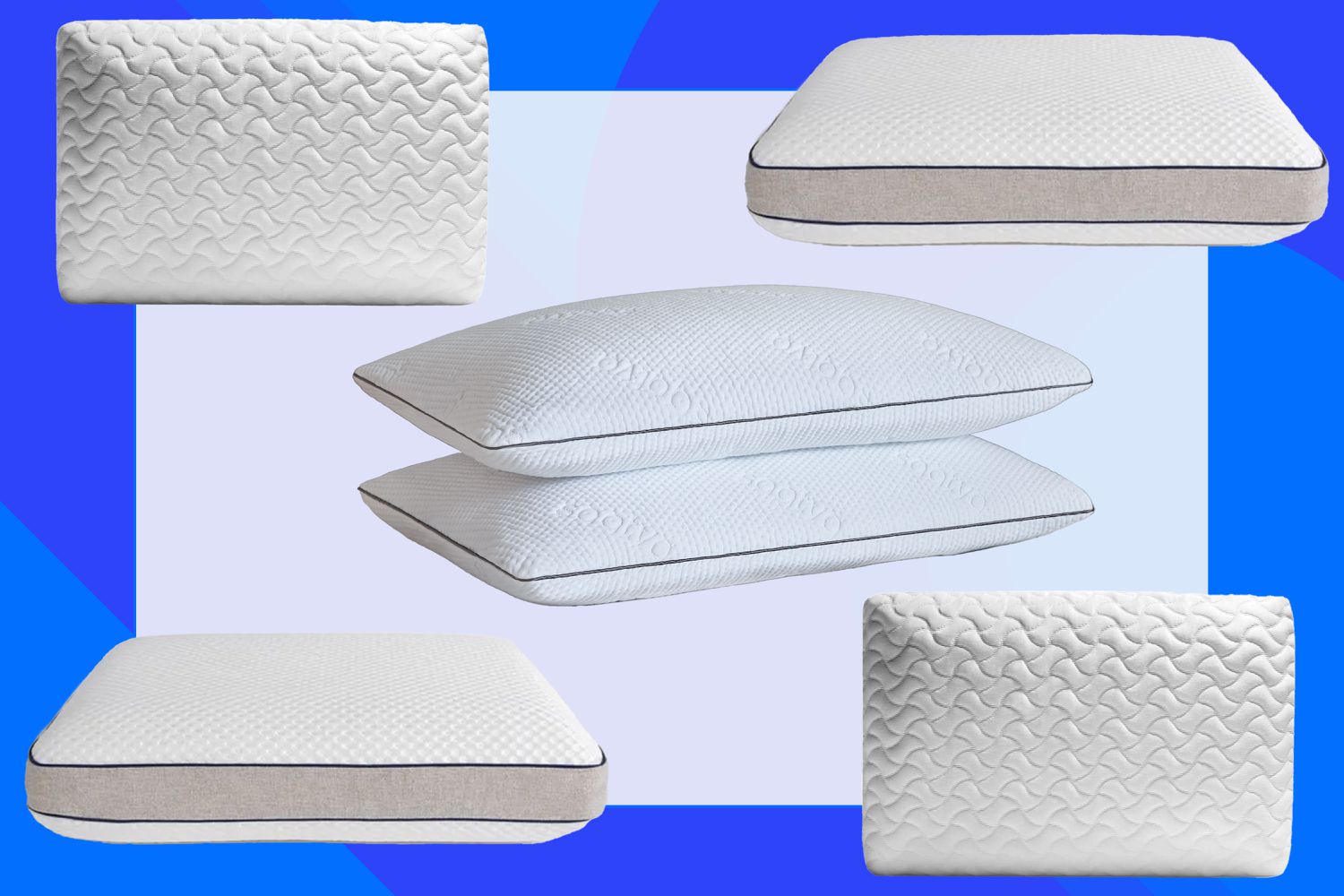
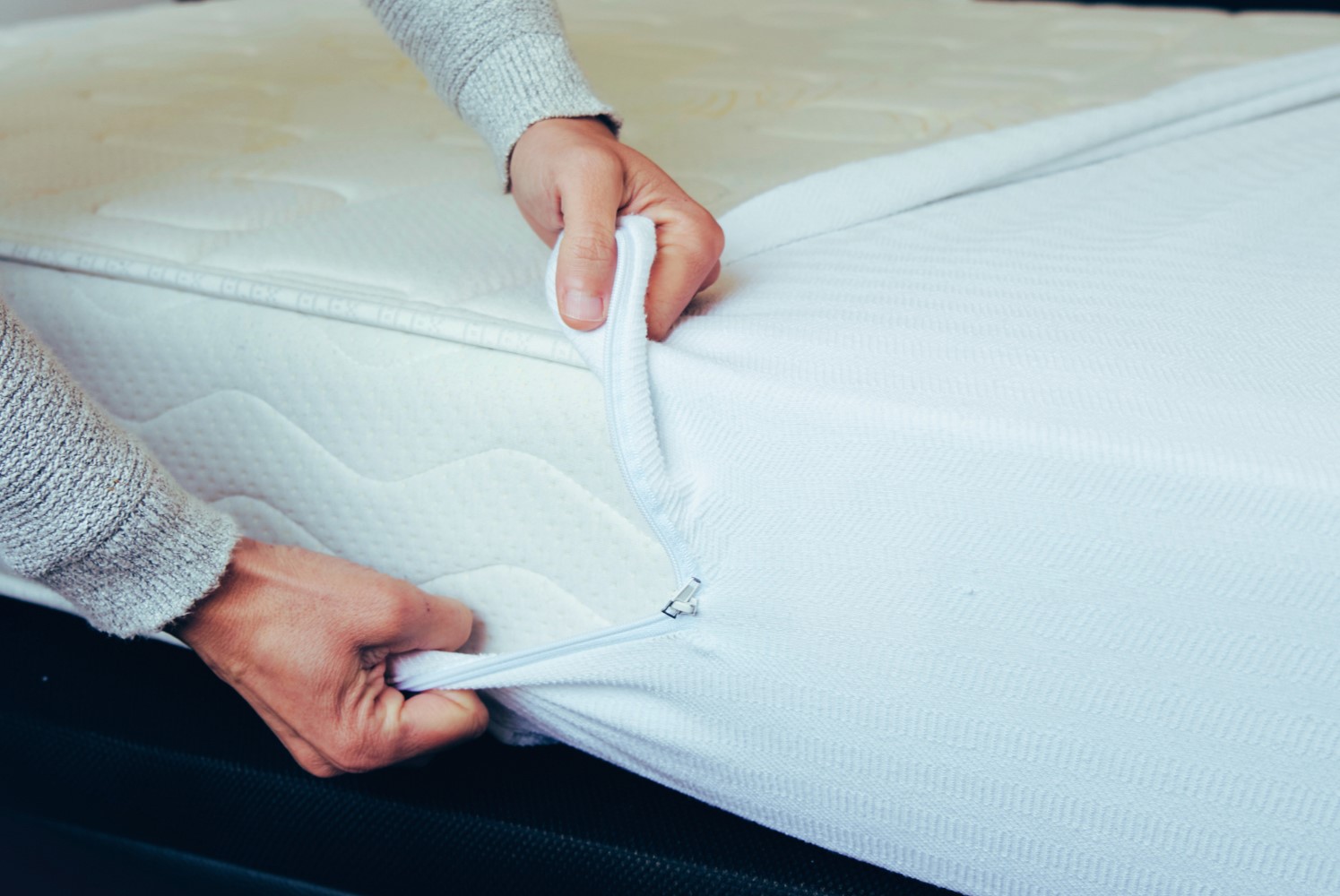
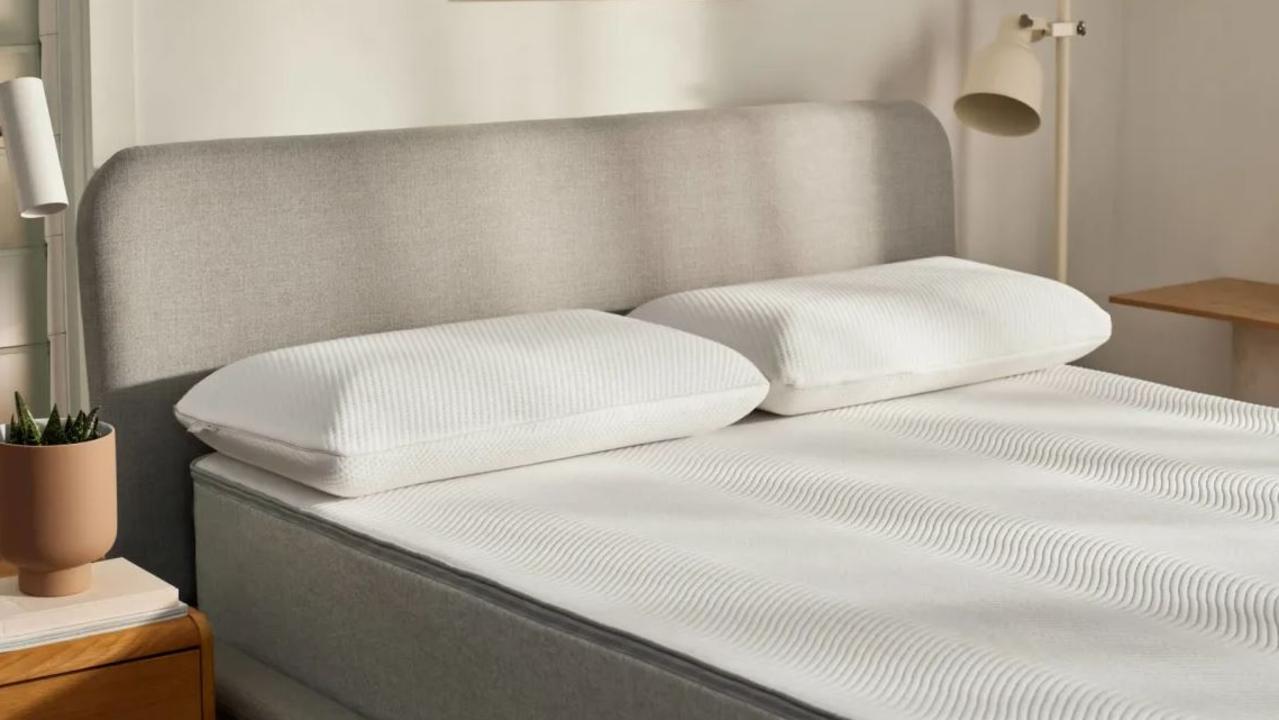
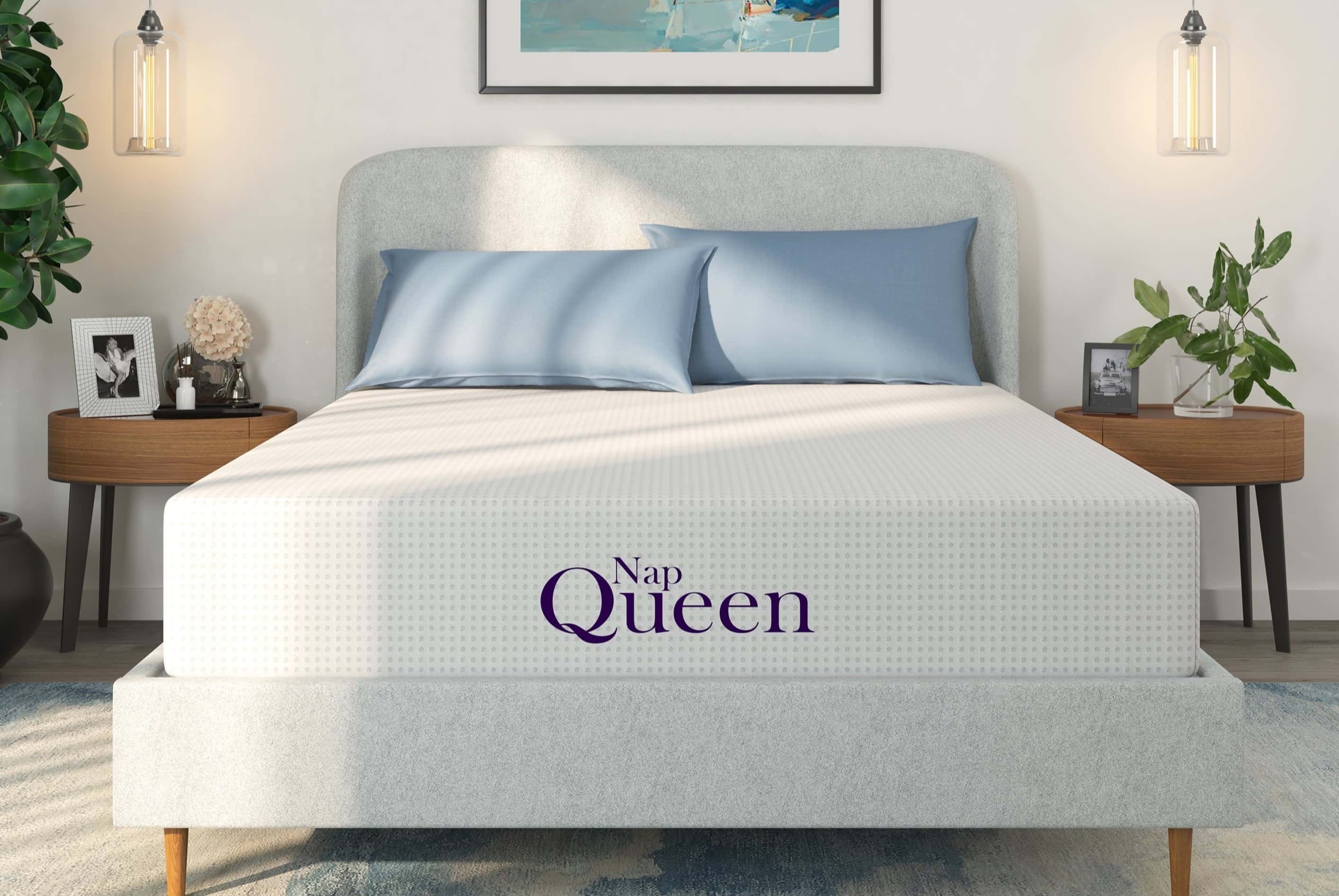
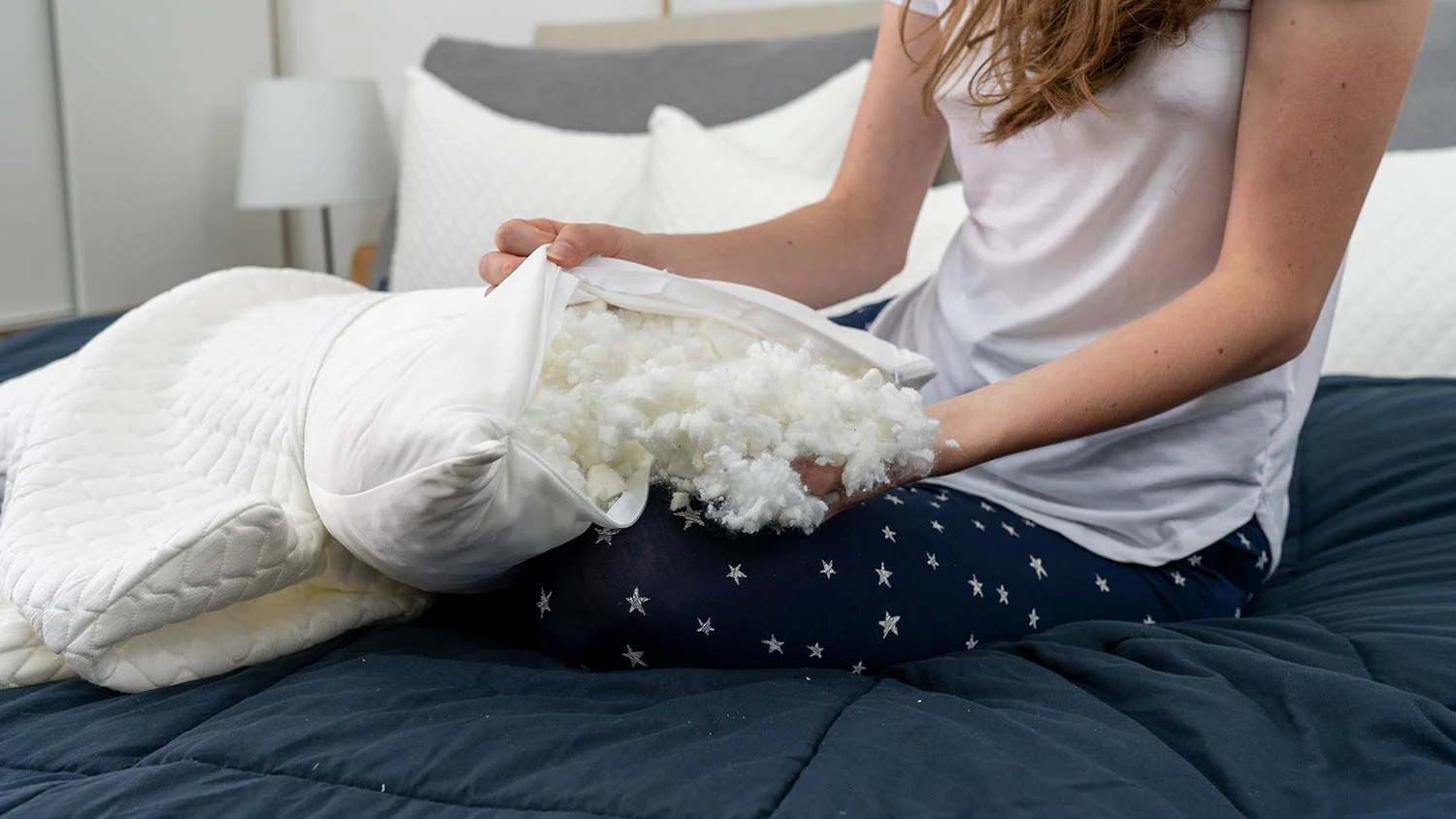
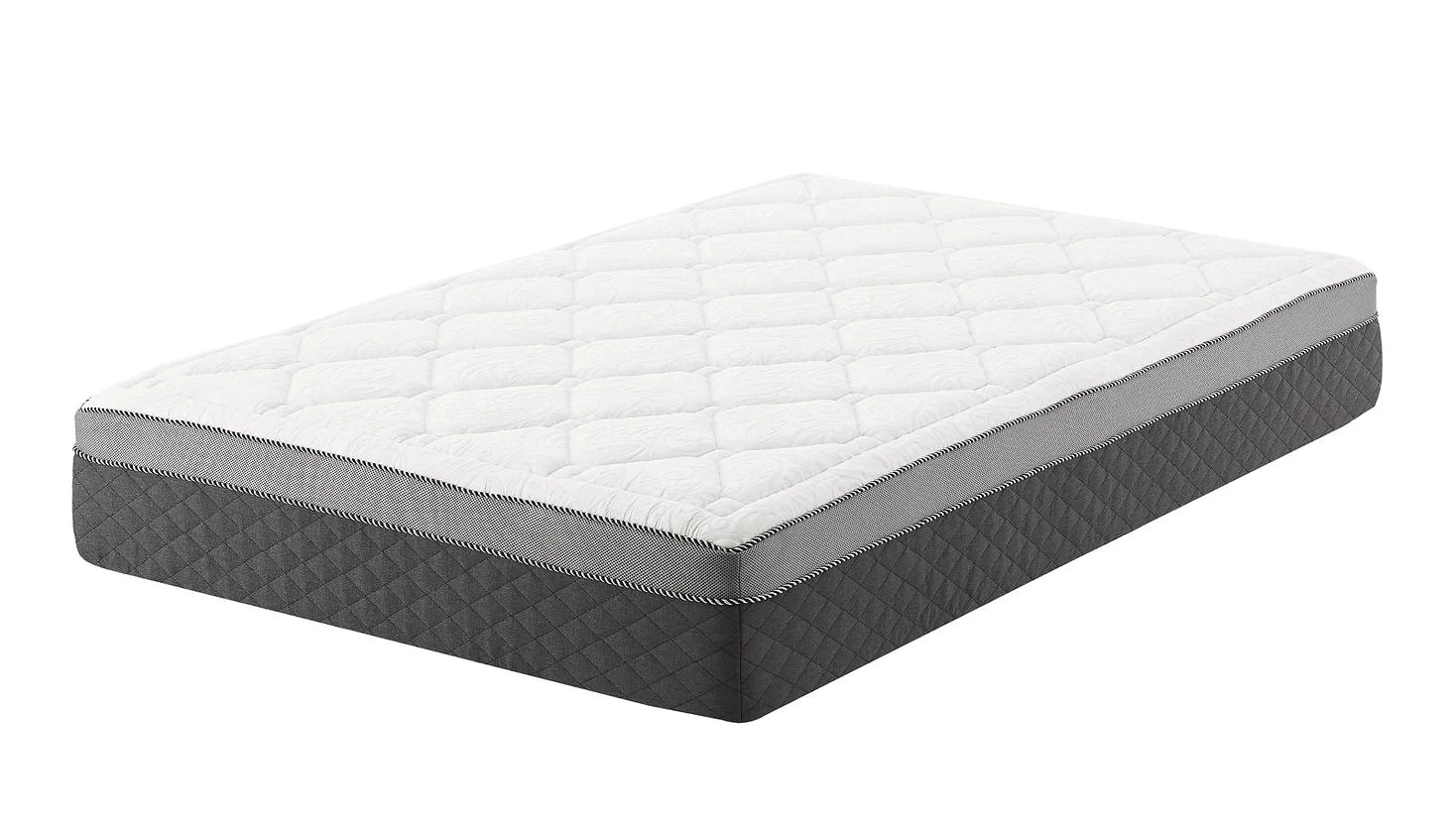
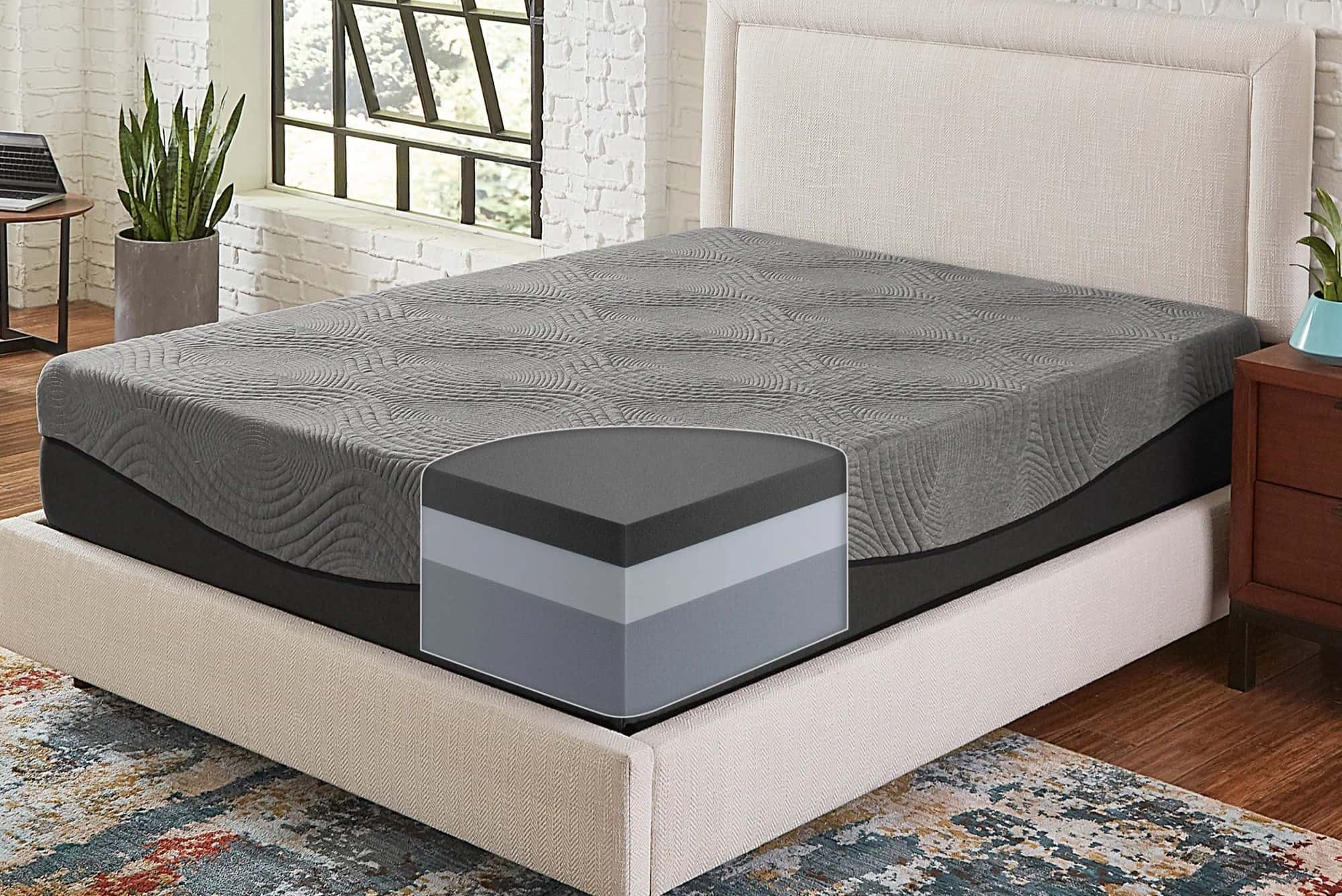
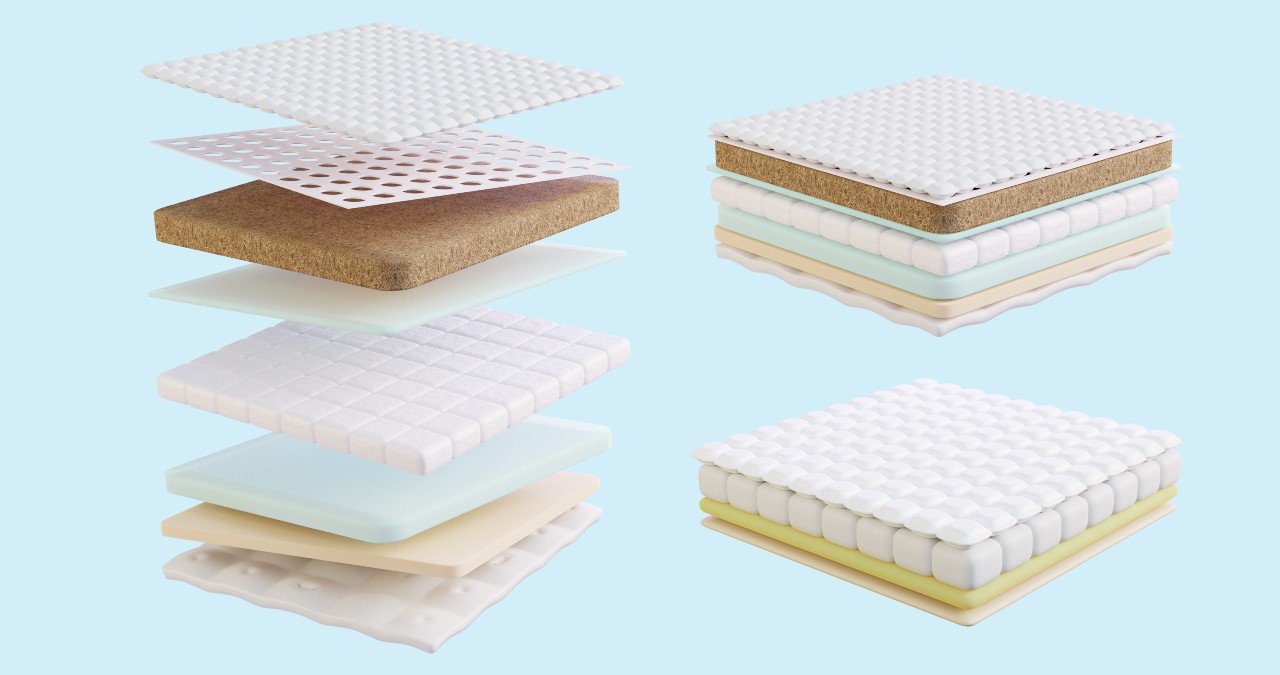


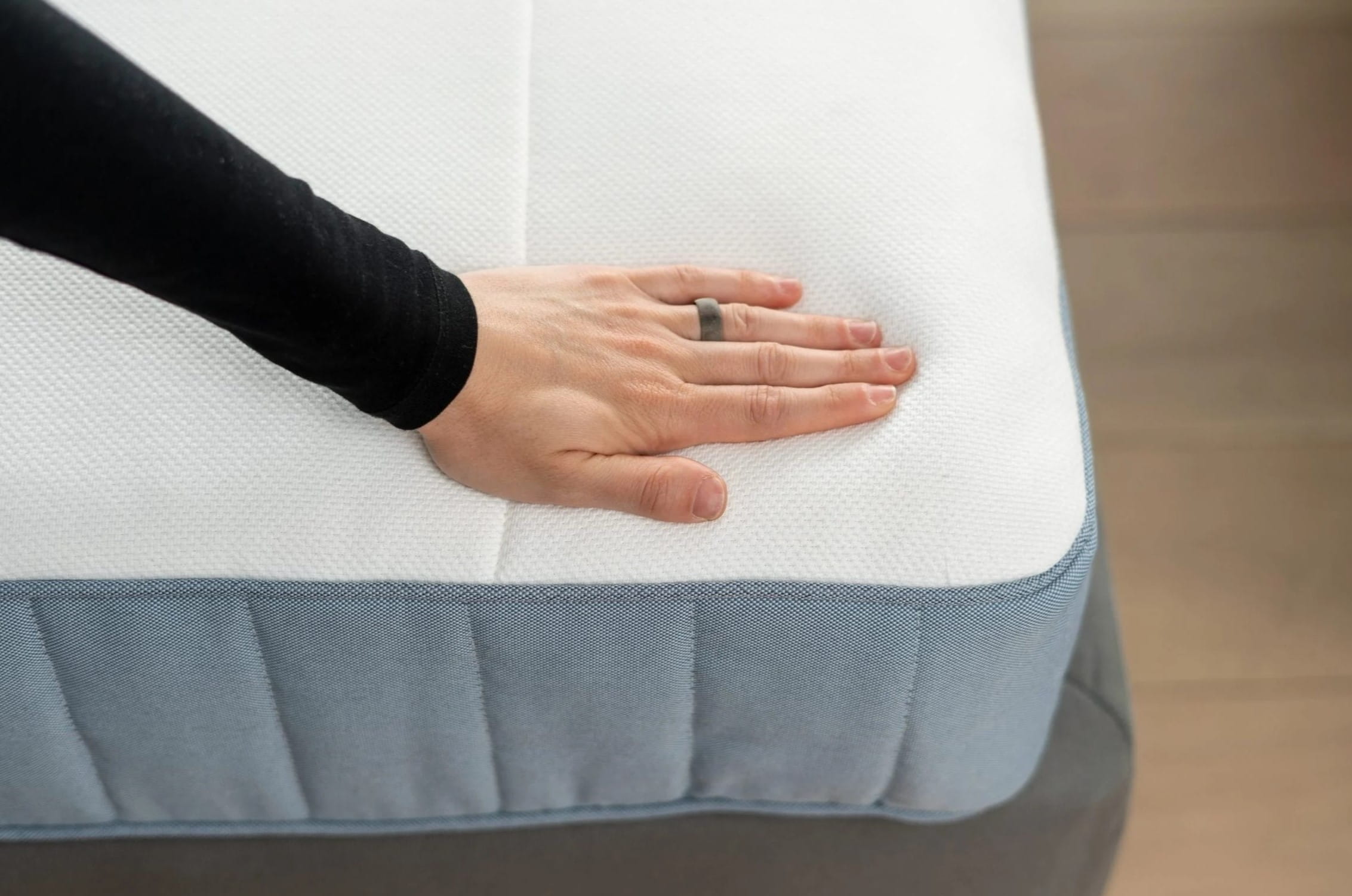

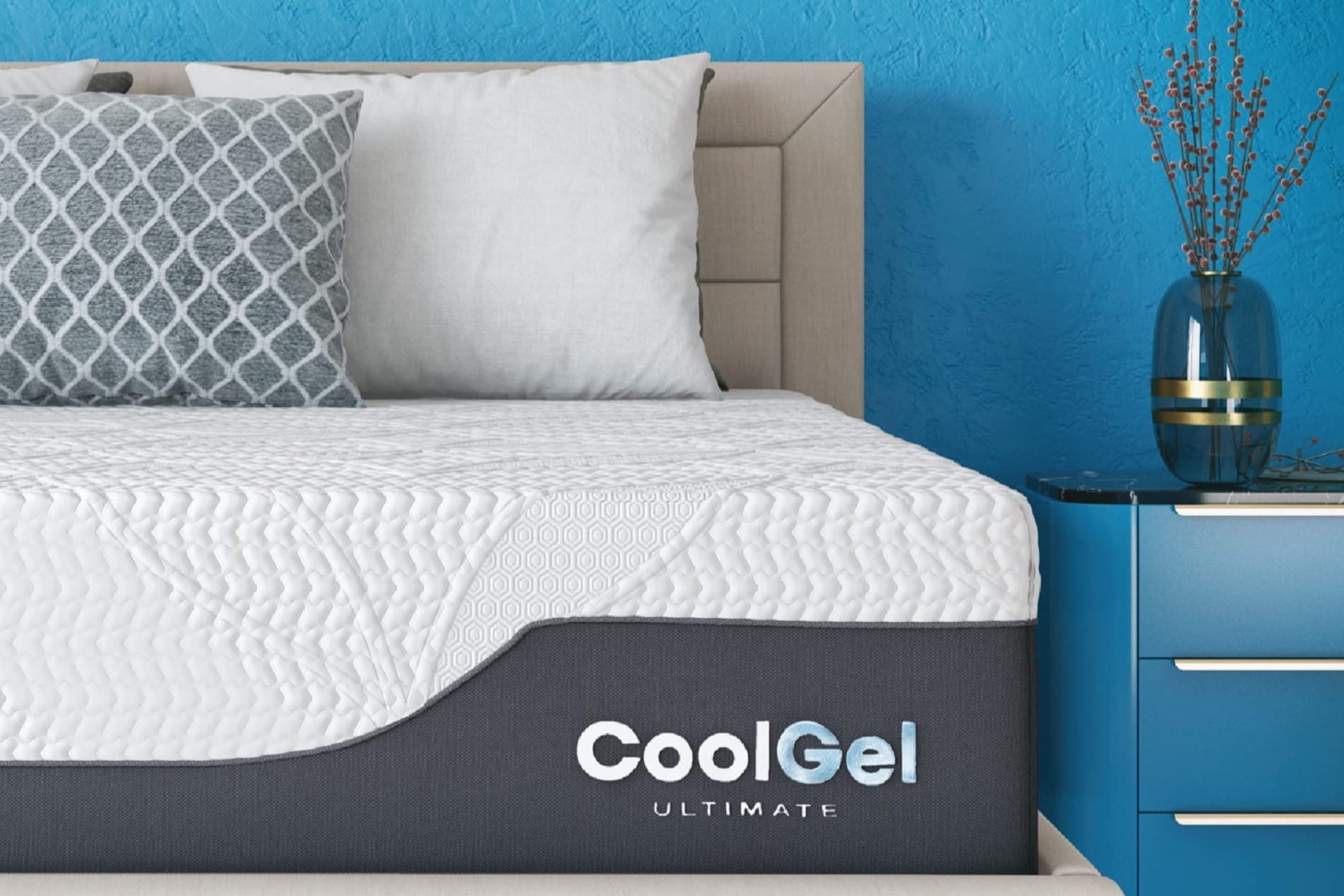

0 thoughts on “Where Was Memory Foam Invented”